2014 Review of the Year Part VI: Dragonflies and Damselflies
Typically, the beginning of the odonata season this year kicked off with the emergence of Large Red Damselflies at a number of sites, including a recently colonised pond in Filey. Perhaps the best sites for this species remained the ponds on the moors and along the northern escarpments of the Vale of Pickering. The attractive nymphs of Large Red Damselflies are favourites of pond-dipping sessions, often dominating the catch.
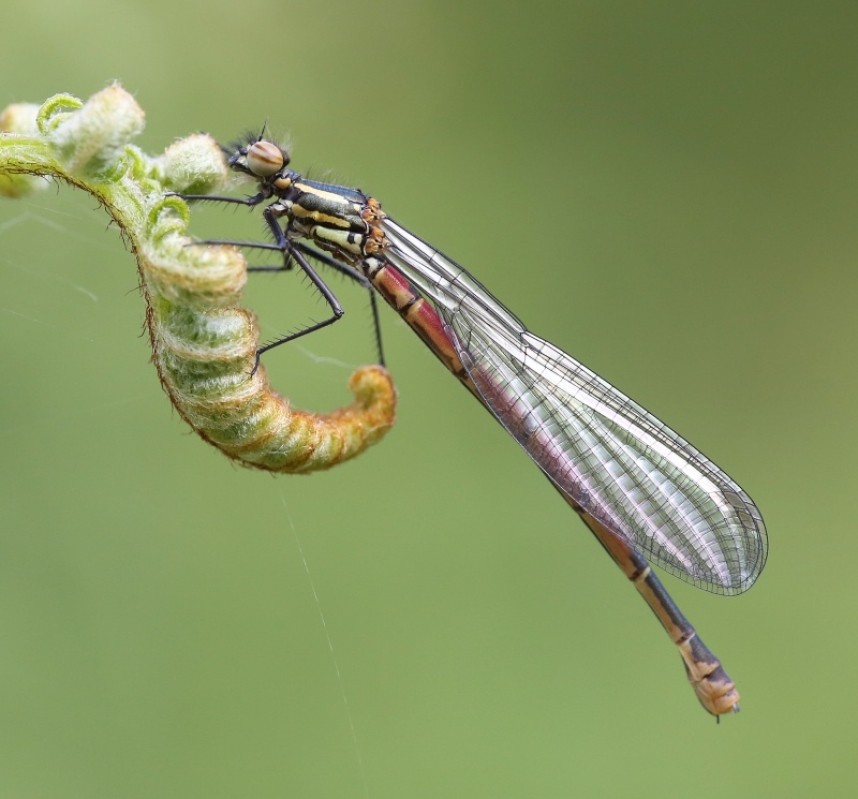
Large Red Damselfly © Dan Lombard
As the year progresses we perhaps become more laid back with dragonfly recording in comparison to other insect families like butterflies, due to the often longer flight periods and widespread nature of most species locally. A couple of the more localised species however appear fairly early in the season, so we travelled down to the wetlands of East Yorkshire where clients enjoyed great views of Red-eyed and Hairy Dragonflies.
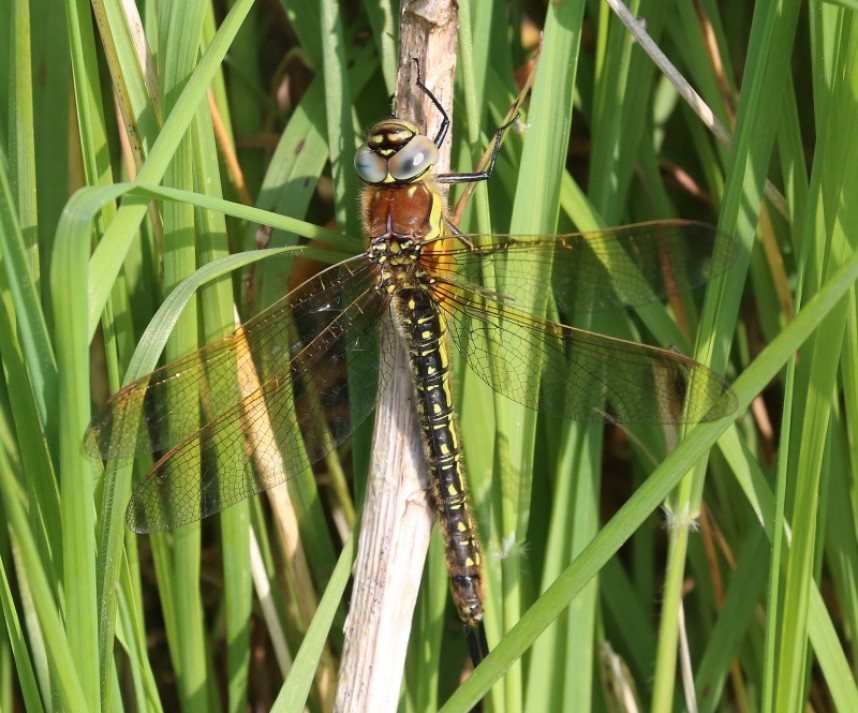
Hairy Dragonfly © Richard Baines
Later we recorded Azure, Common Blue and Blue-tailed Damselflies, Emperor Dragonfly, Black-tailed Skimmer and Broad-bodied Chaser. These species were found at a wide number of sites, with one pond near Dalby Forest providing the amazing spectacle of Emperor Dragonflies feeding on hundreds of emerging damselflies!
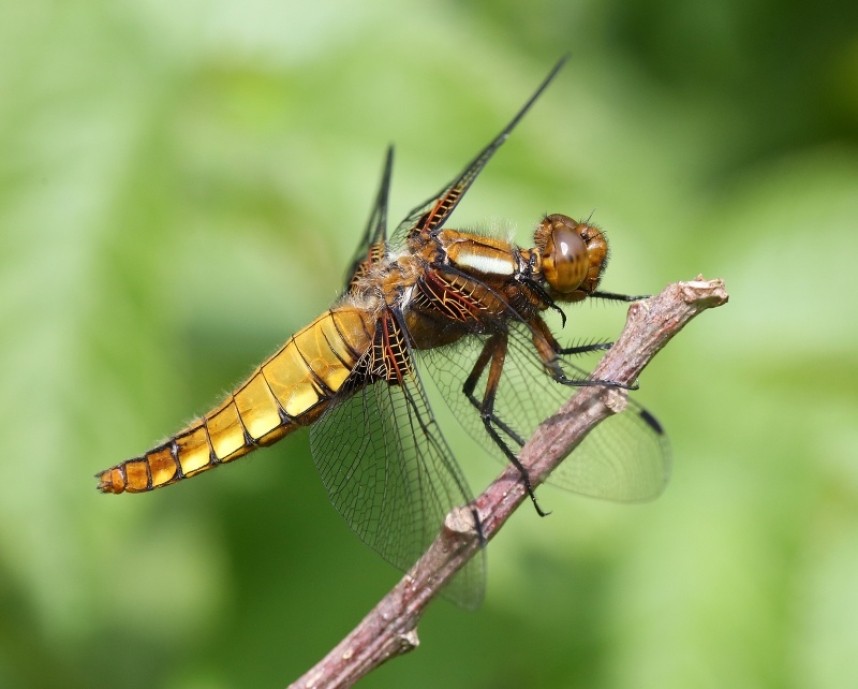
Female Broad-bodied Chaser © Dan Lombard
Midsummer found us seeking out Beautiful and Banded Demoiselles. A small number of sites host both these speciality species. Banded Demoiselles favour rivers with a muddy base while Beautiful Demoiselles prefer a clear gravel base. Where the two sediments occur so do both species, provided a few other habitat features are present. Also in midsummer we recorded our first Emerald Damselflies and Four-spotted Chaser.
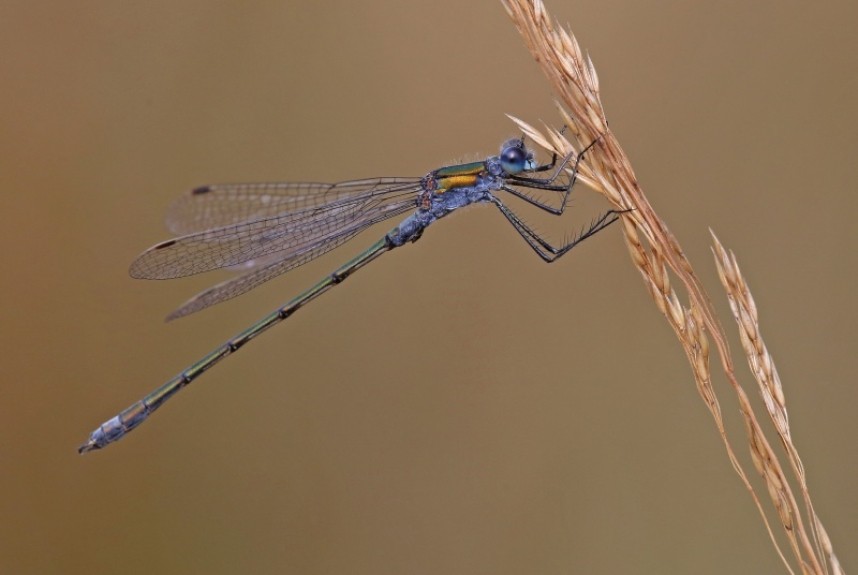
Emerald Damselfly © Dan Lombard
We enjoyed some fantastic mid- to late summer experiences on the North York Moors, particularly looking at Golden-ringed Dragonflies which appeared to have a great breeding season in 2014, with numerous new sites observed. They are certainly a favourite with our clients, especially at one site in with nearby breeding Hobbies, which prey on the species. Keeled Skimmer was also abundant in upland mire, bog and stream habitats. We again found new sites, with ovipositing females generating expectations for 2015. Black Darter and Common Hawker were also ubiquitous on these moorland and forest trips. One particular pond provides excellent photographic opportunities for these species.
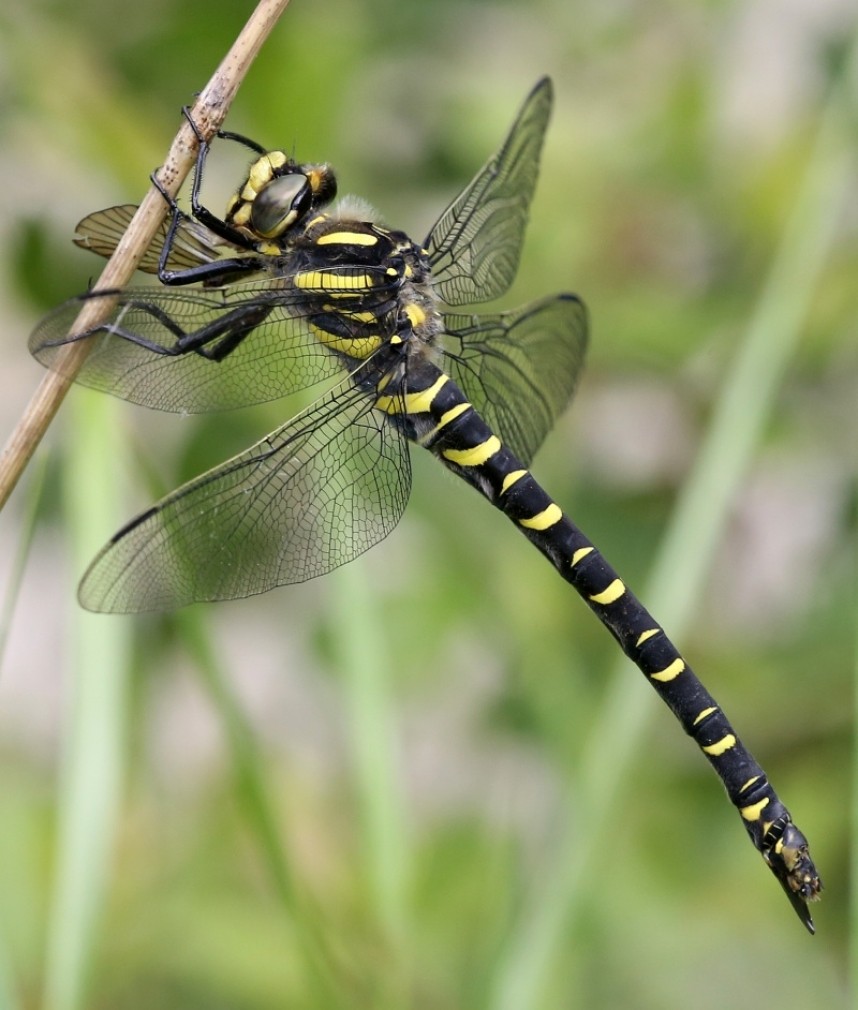
Golden-ringed Dragonfly © Dan Lombard
Back on the coast, late summer conditions were excellent for dragonflies and for teaching clients the basics of large dragonfly identification, with plenty of Brown Hawkers, Southern Hawkers and Emperors present, plus Migrant Hawker moving into the area. Common Darters were also commonand Ruddy Darter was recorded in large numbers in 2014.
Dan and Richard began dragonfly surveys in Flamborough this year, which will hopefully continue in 2015 with the help of volunteers. Possibly the species highlight of the year was the individual Red-veined Darter found by Mark in Filey, although it was also excellent to note the colony of Small Red-eyed Damselflies still occurring near Scarborough tip. These species highlighted the end of the year nicely for the YCN team and clients alike.
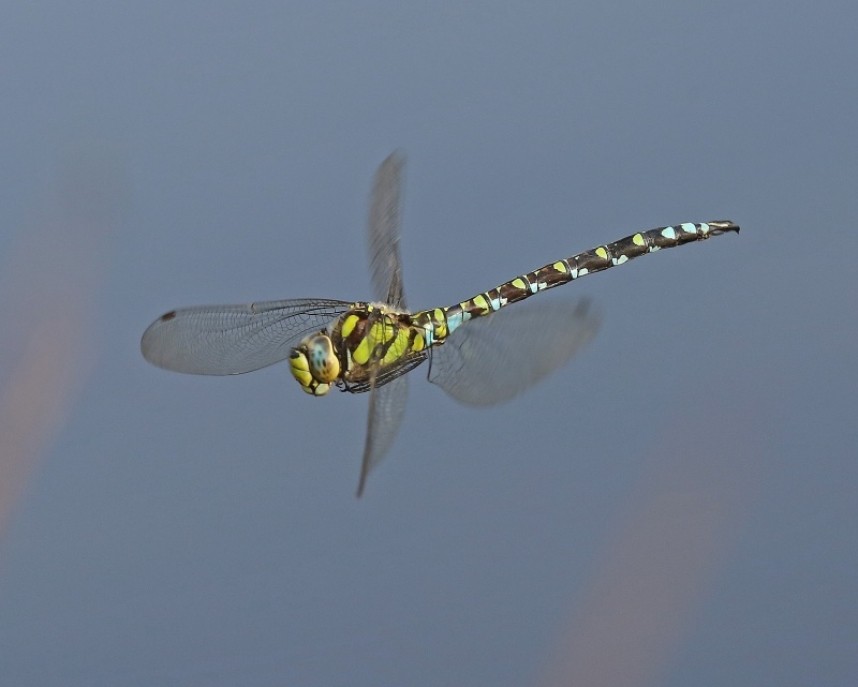
Southern Hawker © Dan Lombard



 Back to Blog
Back to Blog

